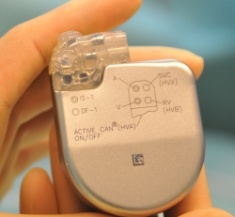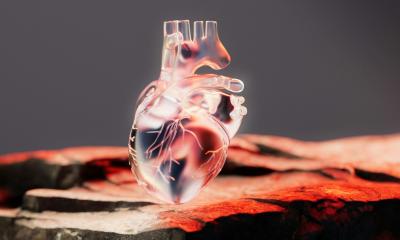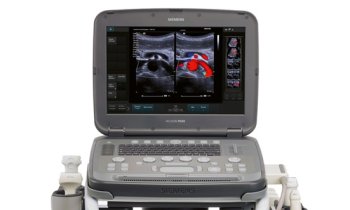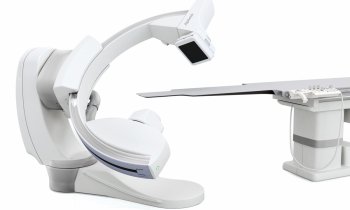Cardiac devices not always beneficial
A new study from the Saint Louis University found that implantable cardiac devices are not beneficial in patients with advanced heart failure because they are too ill. "Implantable cardiac devices were not intended for, or studied as 'rescue therapy' for very ill hospitalized patients with heart failure," said Paul Hauptman, M.D., professor of internal medicine at Saint Louis University School of Medicine and senior author of the study.

The researchers looked at in-hospital mortality rates of patients who received a cardiac resynchronization device (biventricular pacemaker) to coordinate the contractions of the heart, implantable cardioverter defibrillator to prevent sudden cardiac death or both, to identify which patients are poor candidates for the procedure.
The findings will help doctors decide which patients should receive the devices, and may help to make heart failure care more cost-effective.
"This is a first, but very important, step in better defining who should get these devices," Hauptman said. "This study will have implications for cost-effectiveness, quality and appropriateness of care, and the experience patients and their families have with the disease."
Implantable cardiac devices have transformed the care of patients with heart failure by adding a safe, non-pharmacologic treatment option, Hauptman says. However, clinical trials designed to test the safety and effectiveness of the devices did not, in general, enroll patients with heart failure who experience prolonged hospitalizations prior to device implantation or who require advanced, largely palliative therapies such as inotropic therapy at the time of implantation, both markers of poor prognosis.
"Decision-making for patients who have very advanced symptomatic heart failure is complex but the guidelines for patient selection emphasize that device implantation should be limited to those who are expected to have, at the very least, a one year life expectancy" Hauptman said.
According to the study, the average healthcare cost for patients who received one or both of the devices was $43,735. The costs were nearly double that amount if the patient died. The cost-effectiveness of these devices is determined by comparing the cost of the procedure to the number of quality years added to the patient's life.
"Although a rigorous, cost-effective study is still needed, our data suggest these procedures are being performed on patients who are unlikely to derive benefit," Hauptman said.
Using a national database from 2004-2005 of nearly 28,000 patients from 240 hospitals, the researchers identified two red flags that were associated with higher risk of in-hospital mortality. According to the researchers, these red flags need to be considered when deciding whether or not a patient is a good candidate for the devices.
Patients who received inotropic therapy before or after the procedure were at the highest risk for in-hospital mortality. Inotropic drugs alleviate the symptoms of advanced heart failure by making the heart pump more vigorously. However, because the drugs potentially increase the risk of death, they are used as for symptom control and as a palliative measure for the most severely sick patients.
"In our analysis, 24.1 percent of patients who receive inotropic drugs, whether or not they received a cardiac device,, die before leaving the hospital," Hauptman said. "Clearly, patients who need, or will likely need, inotropic therapy are very ill and unlikely to receive long-term benefit from these devices.
"Future guidelines regarding the appropriate use of these devices should incorporate the ongoing or anticipated need for inotropic therapy."
Another red flag in their research was the timing of the procedure. Most patients received the devices on the first day of their hospitalization, indicating that it was an elective procedure. Patients, who received the devices after an extended hospitalization, indicating the procedure was likely non-elective, were at risk for in-hospital mortality.
Co-authors of the study include Jason Swindle, M.P.H., Thomas Burroughs, Ph.D., and Mark Schnitzler, Ph.D., of Saint Louis University Center for Outcomes Research.
The study was funded by a grant from the National Institutes of Health. The findings were published in the June 2008 issue of The American Heart Journal.
Established in 1836, Saint Louis University School of Medicine has the distinction of awarding the first medical degree west of the Mississippi River. The school educates physicians and biomedical scientists, conducts medical research, and provides health care on a local, national and international level. Research at the school seeks new cures and treatments in five key areas: cancer, liver disease, heart/lung disease, aging and brain disease, and infectious disease.
Saint Louis University
17.06.2008











